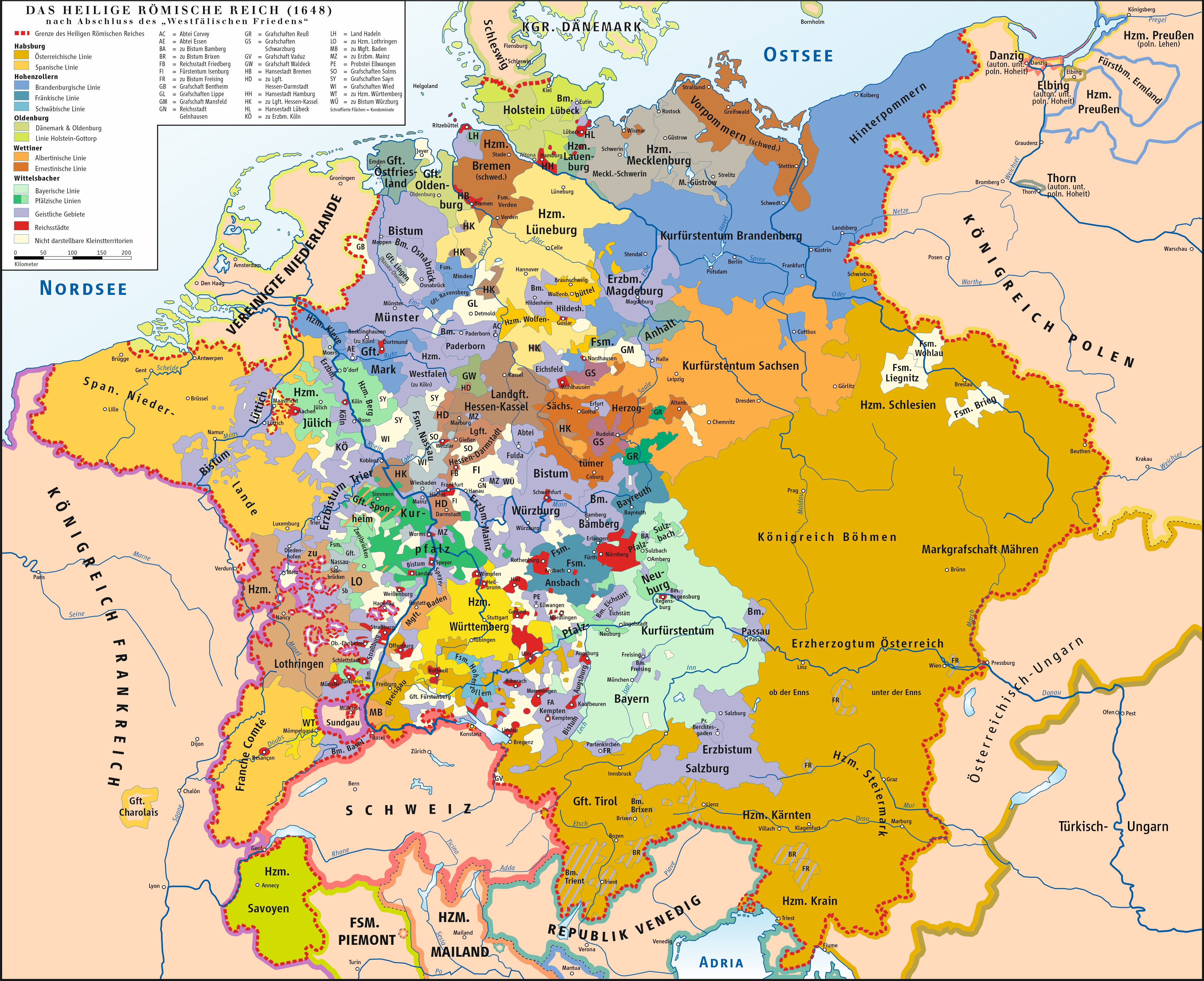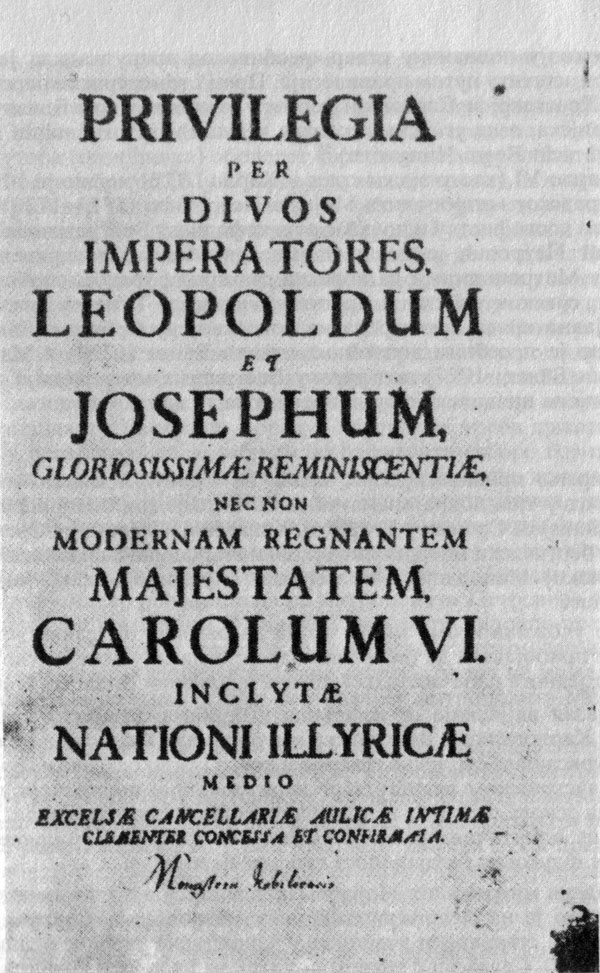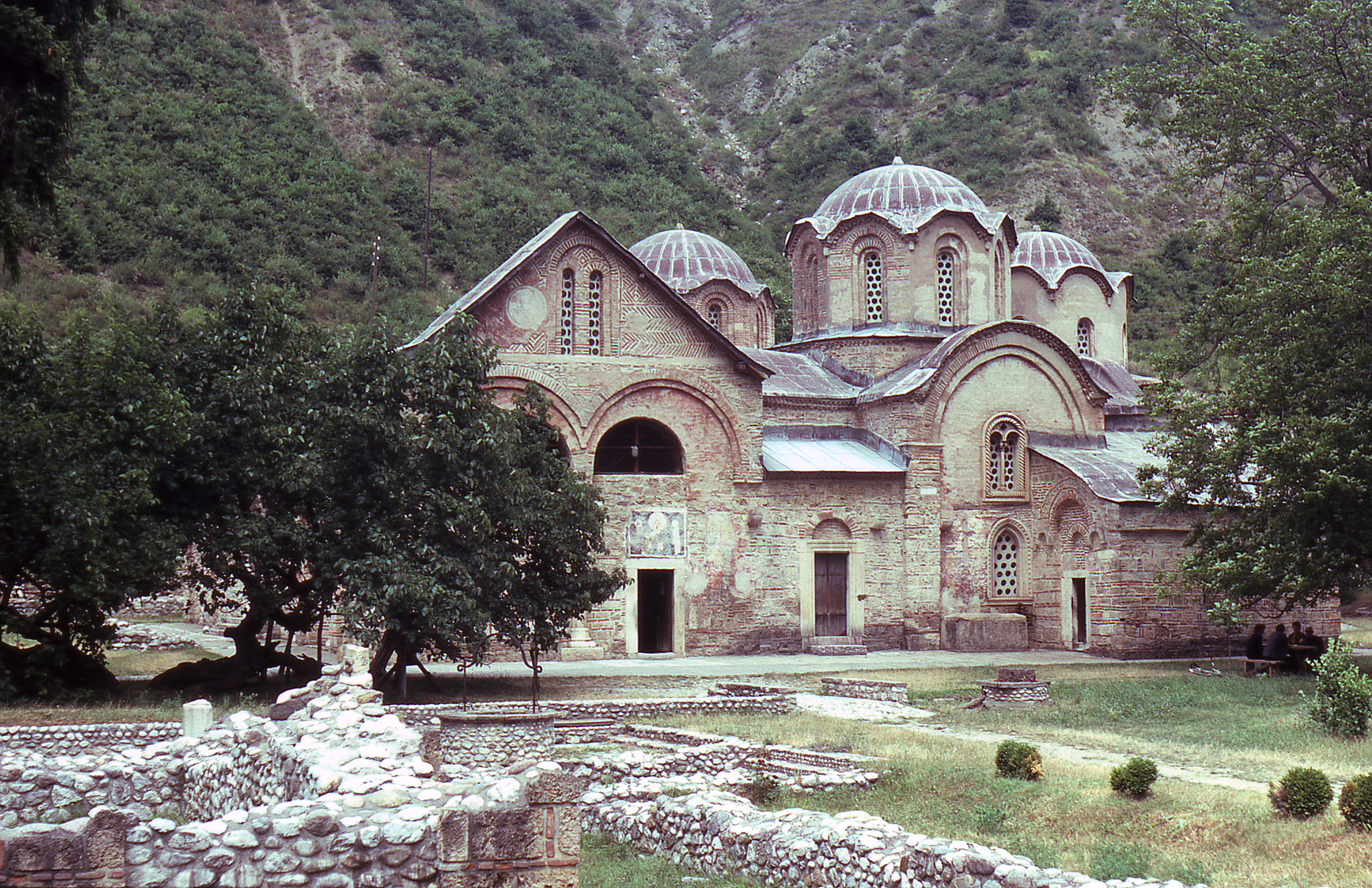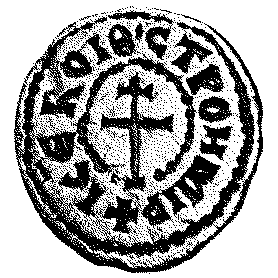|
Serbian Patriarch Atanasije I
Atanasije I ( sr-cyr, Атанасије I) was the Archbishop of Peć and Serbian Patriarch, head of the Serbian Orthodox Church from 1711 until 1712. Before he became Serbian Patriarch, Atanasije served as Metropolitan of Skopje, from 1706, under Serbian Patriarch Kalinik I. That was a very prominent position, so when old patriarch died in 1710, Atanasije was elected as his successor in 1711. His seat was in the Patriarchal Monastery of Peć. As new Serbian Patriarch, he strengthened ties with newly created Metropolitanate of Krušedol, an autonomous ecclesiastical province of Serbian Patriarchate of Peć in Habsburg monarchy. His rule was not long, since he died on 23 April 1712. References Sources * * * * * * External links Official site of the Serbian Orthodox Church: Serbian Archbishops and Patriarchs {{authority control Atanasije I Atanasije I ( sr-cyr, Атанасије I) was the Archbishop of Peć and Serbian Patriarch, head of the Serbian Ort ... [...More Info...] [...Related Items...] OR: [Wikipedia] [Google] [Baidu] |
Archbishop Of Peć And Serbian Patriarch
This is a list of heads of the Serbian Orthodox Church, since the establishment of the church as an Autocephaly, autocephalous archbishopric in 1219 to today's patriarchate. The list includes all the archbishops and patriarchs that led the Serbian Orthodox Church under the Serbian Archbishopric and Serbian Patriarchate of Peć. Today, the church is unified under a patriarch who is officially styled as ''Archbishop of Patriarchate of Peć (monastery), Peć, Metropolitan of Archbishopric of Belgrade and Karlovci, Belgrade and Karlovci, and Serbian Patriarch'' (). According to the current constitution of the Serbian Orthodox Church, the patriarch is elected by a special convocation of the Bishops' Council of the Serbian Orthodox Church, Bishops' Council,Article 43 of the Constitution of 1957. and serves as the chairman of the Holy Synod of the Serbian Orthodox Church, Holy Synod.Article 58 of the Constitution of 1957. The current patriarch is Porfirije, Serbian Patriarch, Porfir ... [...More Info...] [...Related Items...] OR: [Wikipedia] [Google] [Baidu] |
Metropolitanate Of Skopje
The Metropolitanate of Skopje (; ) was an Eastern Orthodox eparchy, under the jurisdiction of the Orthodox Ohrid Archbishopric, an autonomous and canonical branch of the Serbian Orthodox Church in North Macedonia. Its seat was in Skopje. It was a metropolitan diocese of the Orthodox Ohrid Archbishopric, headed by Archbishop Jovan Vraniškovski, Jovan (Vraniškovski) of Ohrid, who was also styled Metropolitan of Skopje. In 2022, the dispute between the Serbian and Macedonian churches was resolved. The whole Ohrid Archbishopric was abolished in 2023 and merged in the Macedonian Orthodox Church. History The see of Skopje is one of the oldest sees in the region. The modern name of the city of Skopje was derived from the name of its predecessor, the ancient Roman city of Scupi. It was one of the most important cities in the Roman province of Moesia Superior and since the end of the 3rd century the capital of its successor province of Dardania (Roman province), Dardania. The ancien ... [...More Info...] [...Related Items...] OR: [Wikipedia] [Google] [Baidu] |
18th-century Eastern Orthodox Archbishops
The 18th century lasted from 1 January 1701 (represented by the Roman numerals MDCCI) to 31 December 1800 (MDCCC). During the 18th century, elements of Age of Enlightenment, Enlightenment thinking culminated in the Atlantic Revolutions. Revolutions began to challenge the legitimacy of monarchical and aristocratic power structures. The Industrial Revolution began mid-century, leading to radical changes in Society, human society and the Natural environment, environment. The European colonization of the Americas and other parts of the world intensified and associated mass migrations of people grew in size as part of the Age of Sail. During the century, History of slavery, slave trading expanded across the shores of the Atlantic Ocean, while declining in Russian Empire, Russia and Qing dynasty, China. Western world, Western historians have occasionally defined the 18th century otherwise for the purposes of their work. For example, the "short" 18th century may be defined as 1715� ... [...More Info...] [...Related Items...] OR: [Wikipedia] [Google] [Baidu] |
Eastern Orthodox Christians From Serbia
Eastern or Easterns may refer to: Transportation Airlines *China Eastern Airlines, a current Chinese airline based in Shanghai * Eastern Air, former name of Zambia Skyways *Eastern Air Lines, a defunct American airline that operated from 1926 to 1991 * Eastern Air Lines (2015), an American airline that began operations in 2015 * Eastern Airlines, LLC, previously Dynamic International Airways, a U.S. airline founded in 2010 * Eastern Airways, an English/British regional airline * Eastern Provincial Airways, a defunct Canadian airline that operated from 1949 to 1986 Roads * Eastern Avenue (other), various roads * Eastern Parkway (other), various parkways * Eastern Freeway, Melbourne, Australia * Eastern Freeway Mumbai, Mumbai, India Other * Eastern Railway (other), various railroads *, a cargo liner in service 1946-65 Education * Eastern University (other) *Eastern College (other) Sports * Easterns (cricket team), South A ... [...More Info...] [...Related Items...] OR: [Wikipedia] [Google] [Baidu] |
Serbian Orthodox Metropolitans Of Skopje
Serbian may refer to: * Pertaining to Serbia in Southeast Europe; in particular **Serbs, a South Slavic ethnic group native to the Balkans ** Serbian language ** Serbian culture **Demographics of Serbia, includes other ethnic groups within the country *Pertaining to other places **Serbia (other) **Sorbia (other) *Gabe Serbian (1977–2022), American musician See also * * * Sorbs * Old Serbian (other) Old Serbian may refer to: * someone or something related to the Old Serbia, a historical region * Old Serbian language, a general term for the pre-modern variants of Serbian language, including: ** the Serbian recension of Old Church Slavonic la ... {{Disambiguation Language and nationality disambiguation pages ... [...More Info...] [...Related Items...] OR: [Wikipedia] [Google] [Baidu] |
Patriarchs Of The Serbian Orthodox Church
This is a list of heads of the Serbian Orthodox Church, since the establishment of the church as an autocephalous archbishopric in 1219 to today's patriarchate. The list includes all the archbishops and patriarchs that led the Serbian Orthodox Church under the Serbian Archbishopric and Serbian Patriarchate of Peć. Today, the church is unified under a patriarch who is officially styled as ''Archbishop of Peć, Metropolitan of Belgrade and Karlovci, and Serbian Patriarch'' (). According to the current constitution of the Serbian Orthodox Church, the patriarch is elected by a special convocation of the Bishops' Council,Article 43 of the Constitution of 1957. and serves as the chairman of the Holy Synod.Article 58 of the Constitution of 1957. The current patriarch is Porfirije, elected on 18 February 2021. He acceded to this position the next day, following his enthronement in the St. Michael's Cathedral in Belgrade. Porfirije was formally enthroned to the ancient throne o ... [...More Info...] [...Related Items...] OR: [Wikipedia] [Google] [Baidu] |
Habsburg Monarchy
The Habsburg monarchy, also known as Habsburg Empire, or Habsburg Realm (), was the collection of empires, kingdoms, duchies, counties and other polities (composite monarchy) that were ruled by the House of Habsburg. From the 18th century it is also referred to as the Austrian monarchy, the Austrian Empire () or the Danubian monarchy. The history of the Habsburg monarchy can be traced back to the election of Rudolf I of Germany, Rudolf I as King of the Romans, King of Germany in 1273 and his acquisition of the Duchy of Austria for the Habsburgs in 1282. In 1482, Maximilian I, Holy Roman Emperor, Maximilian I acquired the Habsburg Netherlands, Netherlands through marriage. Both realms passed to his grandson and successor, Charles V, Holy Roman Emperor, Charles V, who also inherited the Monarchy of Spain, Spanish throne and Spanish Empire, its colonial possessions, and thus came to rule the Habsburg empire at its greatest territorial extent. The abdication of Charles V in 1556 led ... [...More Info...] [...Related Items...] OR: [Wikipedia] [Google] [Baidu] |
Metropolitanate Of Krušedol
The Metropolitanate of Karlovci () was a metropolitanate of the Eastern Orthodox Church that existed in the Habsburg monarchy between 1708 and 1848. Between 1708 and 1713, it was known as the Metropolitanate of Krušedol, and between 1713 and 1848, as the Metropolitanate of Karlovci. In 1848, it was elevated to the Patriarchate of Karlovci, which existed until 1920, when it was merged with the Metropolitanate of Belgrade and other Eastern Orthodox jurisdictions in the newly established Kingdom of Serbs, Croats and Slovenes to form the Serbian Orthodox Church. History During the 16th and 17th centuries, all of the southern and central parts of the former medieval Kingdom of Hungary were under Turkish rule and organized as Ottoman Hungary. Since 1557, Serbian Orthodox Church in those regions was under jurisdiction of the Serbian Patriarchate of Peć. During the Austro-Turkish War (1683–1699), much of the central and southern Hungary was liberated and Serbian eparchies in th ... [...More Info...] [...Related Items...] OR: [Wikipedia] [Google] [Baidu] |
Serbian Patriarch
This is a list of heads of the Serbian Orthodox Church, since the establishment of the church as an Autocephaly, autocephalous archbishopric in 1219 to today's patriarchate. The list includes all the archbishops and patriarchs that led the Serbian Orthodox Church under the Serbian Archbishopric and Serbian Patriarchate of Peć. Today, the church is unified under a patriarch who is officially styled as ''Archbishop of Patriarchate of Peć (monastery), Peć, Metropolitan of Archbishopric of Belgrade and Karlovci, Belgrade and Karlovci, and Serbian Patriarch'' (). According to the current constitution of the Serbian Orthodox Church, the patriarch is elected by a special convocation of the Bishops' Council of the Serbian Orthodox Church, Bishops' Council,Article 43 of the Constitution of 1957. and serves as the chairman of the Holy Synod of the Serbian Orthodox Church, Holy Synod.Article 58 of the Constitution of 1957. The current patriarch is Porfirije, Serbian Patriarch, Porfir ... [...More Info...] [...Related Items...] OR: [Wikipedia] [Google] [Baidu] |
Serbian Patriarchate Of Peć
Serbian Patriarchate of Peć (, ''Srpska patrijaršija u Peći''), or simply Peć Patriarchate (, ''Pećka patrijaršija''), was an autocephaly, autocephalous Eastern Orthodox Patriarchate that existed from 1346 to 1463, and then again from 1557 to 1766 with its seat in the Patriarchal Monastery of Peć. It had ecclesiastical jurisdiction over Eastern Orthodox Christians in Serbian Lands and other western regions of Southeastern Europe. Primates of the Patriarchate were styled ''Archbishop of Peć and Serbian Patriarch''. Medieval Period (1346–1463) Since 1219, the Eastern Orthodox Church in the medieval Kingdom of Serbia (medieval), Kingdom of Serbia was organized as an autocephaly, autocephalous Archbishopric seated at first in the Monastery of Žiča and since the middle of the 13th century in the Patriarchal Monastery of Peć, Monastery of Peć. Political expansion of the Serbian medieval state culminated under the reign of King Stefan Dušan (1331–1355), who conquere ... [...More Info...] [...Related Items...] OR: [Wikipedia] [Google] [Baidu] |
Serbian Orthodox Church
The Serbian Orthodox Church ( sr-Cyrl-Latn, Српска православна црква, Srpska pravoslavna crkva) is one of the autocephalous (ecclesiastically independent) Eastern Orthodoxy, Eastern Orthodox Eastern Orthodox Church#Constituencies, Christian churches. The majority of the population in Serbia, Montenegro and Republika Srpska of Bosnia and Herzegovina are Baptism, baptised members of the Serbian Orthodox Church. It is organized into metropolis (religious jurisdiction), metropolitanates and eparchies, located primarily in Serbia, Bosnia and Herzegovina, Montenegro, and Croatia. Other congregations are located in the Serb diaspora. The Serbian Patriarch serves as first among equals in his church. The current patriarch is Porfirije, Serbian Patriarch, Porfirije, enthroned on 19 February 2021. The Church achieved Autocephaly, autocephalous status in 1219, under the leadership of Saint Sava, becoming the independent Archbishopric of Žiča. Its status was elevated ... [...More Info...] [...Related Items...] OR: [Wikipedia] [Google] [Baidu] |
Eastern Orthodox Christianity
Eastern Orthodoxy, otherwise known as Eastern Orthodox Christianity or Byzantine Christianity, is one of the three main Branches of Christianity, branches of Chalcedonian Christianity, alongside Catholic Church, Catholicism and Protestantism. Like the Pentarchy of the first millennium, the mainstream (or "Canon law of the Eastern Orthodox Church, canonical") Eastern Orthodox Church is Organization of the Eastern Orthodox Church, organised into autocephalous churches independent from each other. In the 21st century, the Organization of the Eastern Orthodox Church#Autocephalous Eastern Orthodox churches, number of mainstream autocephalous churches is seventeen; there also exist Organization of the Eastern Orthodox Church#Unrecognised churches, autocephalous churches unrecognized by those mainstream ones. Autocephalous churches choose their own Primate (bishop), primate. Autocephalous churches can have Ecclesiastical jurisdiction, jurisdiction (authority) over other churches, som ... [...More Info...] [...Related Items...] OR: [Wikipedia] [Google] [Baidu] |








